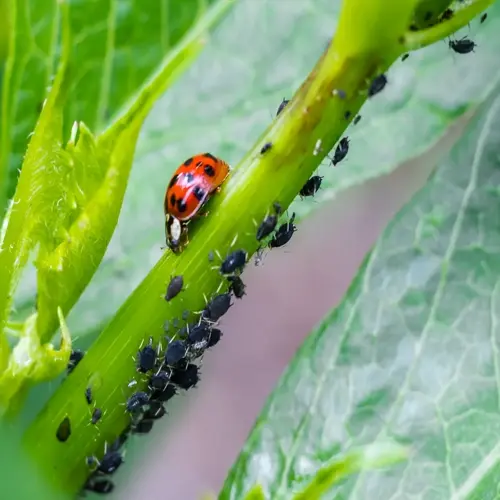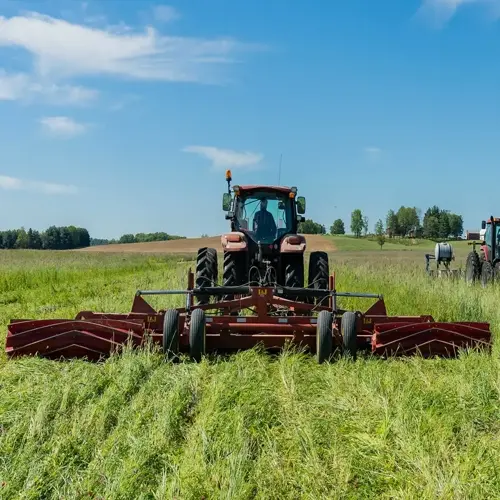What are common pruning mistakes to avoid?

Written by
Nguyen Minh
Reviewed by
Prof. Samuel Fitzgerald, Ph.D.Avoiding mistakes in pruning keeps trees safe from injury and disease. Common mistakes can lead to long-range trouble for many gardeners. Over-pruning subjects trees to unnecessary stress. Pruning done at the wrong time invites infections. Dull tools leave ragged wounds that heal slowly. Sealers are often used on wounds that retain moisture, causing decay to set in. I have spent twenty years correcting these mistakes in orchards.
Over-Pruning
- Effect: Removes over 30% canopy causing growth imbalance
- Result: Triggers water sprouts instead of fruit production
- Recovery: Takes 1-2 seasons to restore fruiting capacity
- Prevention: Follow annual 25% maximum removal rule
Wrong Timing
- Effect: Freezing temps cause wood splintering
- Result: Jagged wounds invite silver leaf fungus
- Recovery: Requires corrective pruning next season
- Prevention: Check local frost dates before cutting
Tool Neglect
- Effect: Dull blades tear bark instead of cutting cleanly
- Result: Creates infection pathways for canker diseases
- Recovery: Sterilize and sharpen tools immediately
- Prevention: Monthly sharpening routine
Over-pruning causes trees to enter a state of survival mode. Taking away too much foliage decreases the ability to produce food through photosynthesis. The tree diverts energy into regrowing leaves instead of producing fruit. I limit my cutting to 25% yearly, even on strong varieties. Measure the volume of the canopy before cutting. Use last year's growth for guidance.
Extreme temperatures spoil pruning attempts. Below 25°F (-4°C), wood becomes brittle and prone to splintering. Above 95°F (35 °C), trees cannot heal their wounds. I check the hourly forecasts before I cut. Mornings are best to avoid the stress of midday heat. Pruning should be avoided when there are warnings for frost or heat.
Wound sealants present more problems than solutions. These products help retain moisture around fresh wounds. Excess humidity allows for fungal spores to germinate under seal. Trees compartmentalize their wounds through the formation of wounds. I properly clean the cuts and allow nature to heal them.
Dull pruning tools rip plant tissues rather than slicing them cleanly. Jagged wounds will take longer to heal. Pathogens will enter through the torn edges of the bark. I test my shears each month by cutting paper. If they tear rather than slice, they are sharpened immediately.
Read the full article: Fruit Tree Pruning Guide: When and How to Prune

